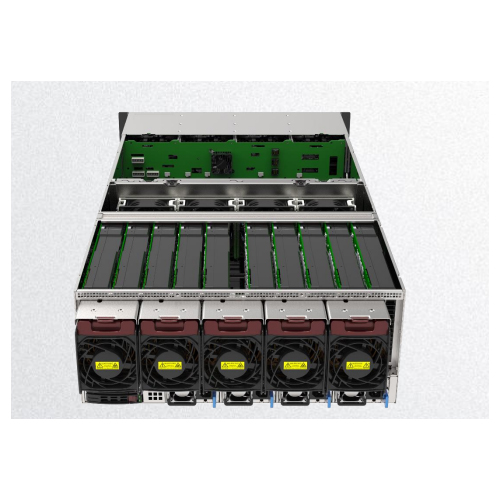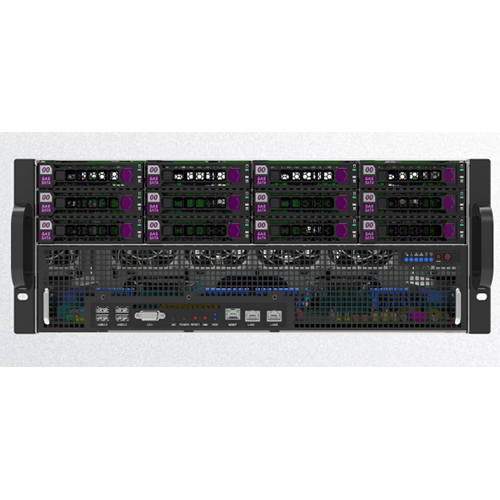# FAQ: Features of GPU Server Chassis
## 1. What is a GPU server chassis?
A GPU server chassis is a specialized box that houses multiple graphics processing units (GPUs) and other essential components of a server. These boxes are optimized for high-performance computing tasks such as machine learning, data analytics, and rendering, where the parallel processing capabilities of GPUs can be fully utilized.
## 2. What are the main features of a GPU server chassis?
A GPU server chassis typically has several key features, including:
– **High-density GPU support**: Designed to accommodate multiple GPUs, often with advanced cooling solutions to control heat.
– **Powerful Power Supply**: Equipped with a high-wattage power supply to support the energy demands of multiple GPUs.
– **High-efficiency cooling system**: Uses advanced cooling technology, such as liquid cooling or high airflow design, to maintain optimal operating temperature.
– **Scalability**: Many GPU server chassis allow for easy upgrades and expansion, allowing users to add more GPUs or storage as needed.
– **Compatibility**: Designed to work with a wide range of motherboards and components, ensuring flexibility in building a custom server.
## 3. How does GPU server chassis cooling work?
Cooling of GPU server chassis is critical because multiple GPUs generate a lot of heat when performing intensive tasks. Most chassis have a combination of:
– **Airflow Management**: Fans and vents are strategically placed to promote efficient airflow and dissipate heat.
– **Liquid Cooling Option**: Select models support liquid cooling system, which can provide superior cooling performance compared to traditional air cooling.
– **Heat Sink**: An integrated heat sink on the GPU helps draw heat away from components, further improving cooling efficiency.
## 4. Can I use the GPU server chassis for tasks other than gaming?
Of course! While GPU server chassis are often associated with gaming, they are primarily designed for high-performance computing tasks. They are ideal for applications such as:
– **Machine Learning and Artificial Intelligence**: Training complex models that require massive amounts of computing power.
– **Data Analysis**: Process large data sets quickly and efficiently.
– **3D Rendering**: Create high-quality graphics and animations in film and game development.
– **Scientific Simulations**: Run complex simulations in fields such as physics, chemistry, and biology.
## 5. What should I consider when choosing a GPU server chassis?
When choosing a GPU server chassis, consider the following factors:
– **Number of GPUs**: Determine how many GPUs you plan to install and choose a chassis that can accommodate them.
– **Cooling Requirements**: Evaluate available cooling solutions and ensure they meet your performance needs.
– **Power Supply**: Make sure the case has a powerful power supply that can handle the combined wattage of all components.
– **Size and Form Factor**: Make sure the chassis fits your space requirements and is compatible with your existing hardware.
– **Budget**: GPU server chassis can vary widely in price, so consider your budget while making sure you get the features you need.
Keeping these factors in mind, you can choose the GPU server chassis that best suits your computing needs.
Post time: Apr-07-2025




